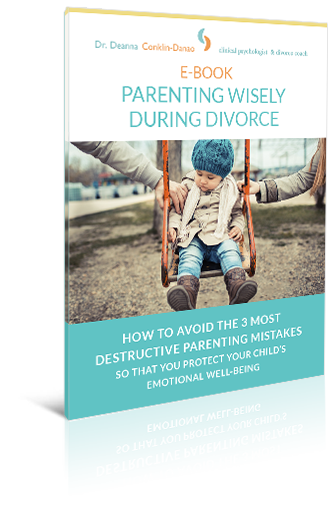As kids are heading back to school, it’s a good time to think about setting them up for success this school year. Children have different ways of learning and, thankfully, schools are starting to recognize these different styles. When you understand how your child learns, it can make school and homework easier for everyone. Children often learn in multiple ways, but look at the following categories to determine what learning style seems to best fit your child:
Auditory Learner: These kids learn verbally or by listening or talking about information. They find music and rhythm helpful in retaining information, so setting new information to a tune can be helpful. Anyone who remembers the song we learned as children about the states in alphabetical order knows how effective this tool is! It is important that the learning environment for these children is quiet because background noise can be distracting.
Visual Learner: These kids learn best by reading or seeing, so looking at print or pictures is key for them. Strategies that are helpful include: making lists, illustrations, graphs/diagrams and flash cards. Visual learners tend to be detail-oriented. When they move into chapter books without pictures, it can be helpful to encourage them to create a picture in their head to keep them engaged. A quiet environment is also helpful for this learning style.
Kinesthetic Learner: Kinesthetic learners thrive when they are involved in hands-on learning. They learn by moving, touching, sketching, and writing. When reading information, it can be helpful for them to use their finger to track the words or to use a highlighter to mark key concepts. Another effective strategy is to have kinesthetic learners make a model or illustrate the topic being studied. These kids will need to move around lots and also need more frequent breaks.
When you know your child’s predominant learning style, you can play to his or her strengths. You can also provide their teacher with strategies that will help them learn effectively. Not every lesson will be geared towards them, so you can supplement difficult concepts with some of these strategies to help your child stay interested.









Leave A Comment